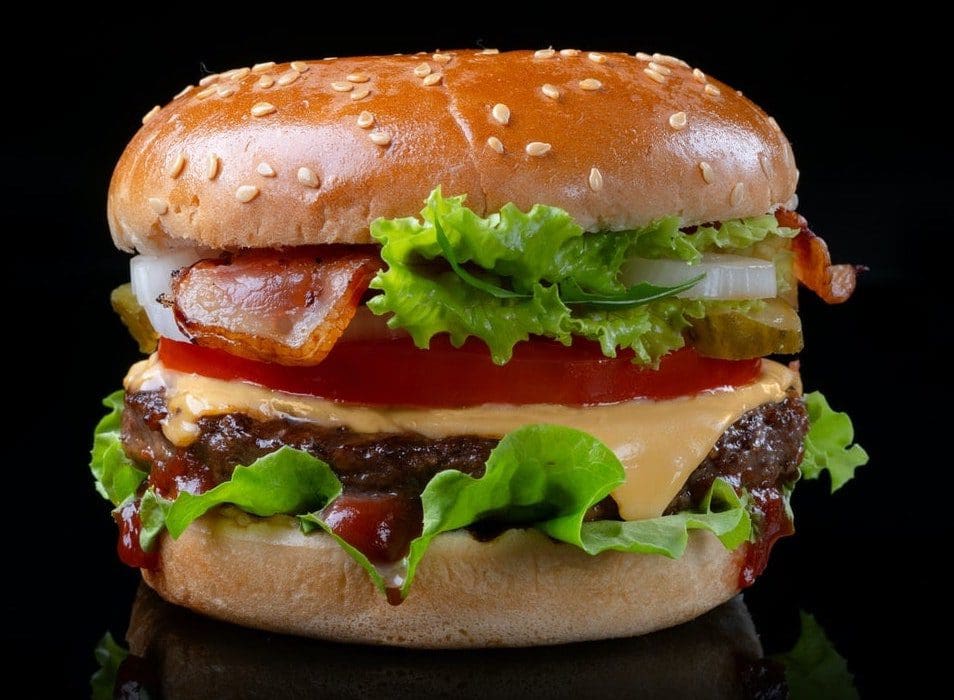

Did Lockdown Make Us Fat?
Unlike the Swiss or Japanese, we British are not known for our health. After Malta, in fact, we’re the most obese nation in Europe. Fully 28% of us have a BMI greater than 30, which for a man of 5 foot 10, equates to a bodyweight of 96kg.
This should be a source of national embarrassment. And you’d assume the Government wouldn’t want to make it any worse. Which prompts the question, “What on earth did they expect lockdown would do?”
Back in March of 2020, we were told that we “must stay at home”. Only “one form of exercise a day” would be allowed under the new regime. Gyms and sports clubs were closed, and children’s play areas were cordoned off like crime scenes. (This was all in spite of emerging evidence that the chance of being infected outdoors was negligible.)
The full effects of lockdown on our waistlines are only now becoming apparent. And they they’re not pretty.
In a recent study, Feifei Bu and colleagues analysed data from the COVID-19 Social Study, a longitudinal survey of British adults that began on 21st March 2020. Note: the sample was not representative, so the researchers applied weights throughout their analysis.
During the initial phase of the study (up to the end of August), respondents were asked about their level of physical activity on a weekly basis. In particular, they were asked how much exercise they had done on “the last working day”. Results are shown in the chart below.


Although the series begin after the start of lockdown, the percentage of people reporting no physical activity increased substantially over the duration of the study – from around 23% to almost 40%. Oddly, the peak of inactivity was not reached until the late summer.
If the government’s messaging had not needlessly emphasised staying at home, it’s plausible this change could have been avoided. In a recent meta-analysis, the majority of studies reported “decreases in physical activity and increases in sedentary behaviours” during lockdown. (Hardly surprising, you might say. But it’s good to have hard data.)
So that’s calories out. What about calories in? Perhaps people compensated for lower levels of activity by eating less. It seems they didn’t.
In a study published back in July, researchers at the Institute for Fiscal Studies looked at the impact of lockdown on people’s eating habits. They combined several sources of data to estimate the change in total calories consumed inside the home versus outside the home.
Unsurprisingly, there was a drop fall in calories consumed outside the home: although takeaways went up; visits to cafes and restaurants plummeted. However, this was more than compensated for by a rise in calories consumed inside the home. Results are shown in the chart below.


Each line on the graph corresponds to a different assumption about the change in calories consumed outside the home. The lower dashed line indicates that, even if you assume a 100% drop in calories consumed outside the home, there was still a sizeable net increase in calories – on the order of 10% or more.
Evidence suggests that, during lockdown, we did less and ate more. It’s therefore hardly surprising that 40% of British adults gained weight, with the average gain being half a stone. So you can add ‘20 million people getting fatter’ to the costs side of the lockdown ledger.
What’s more, 2020 saw the largest annual rise in childhood obesity – of 4.5 percentage points – since records began.
All this brings to mind the first of Martin Kulldorff’s twelve forgotten principles of public health. Repeat after me: “Public health is about all health outcomes, not just a single disease.”








